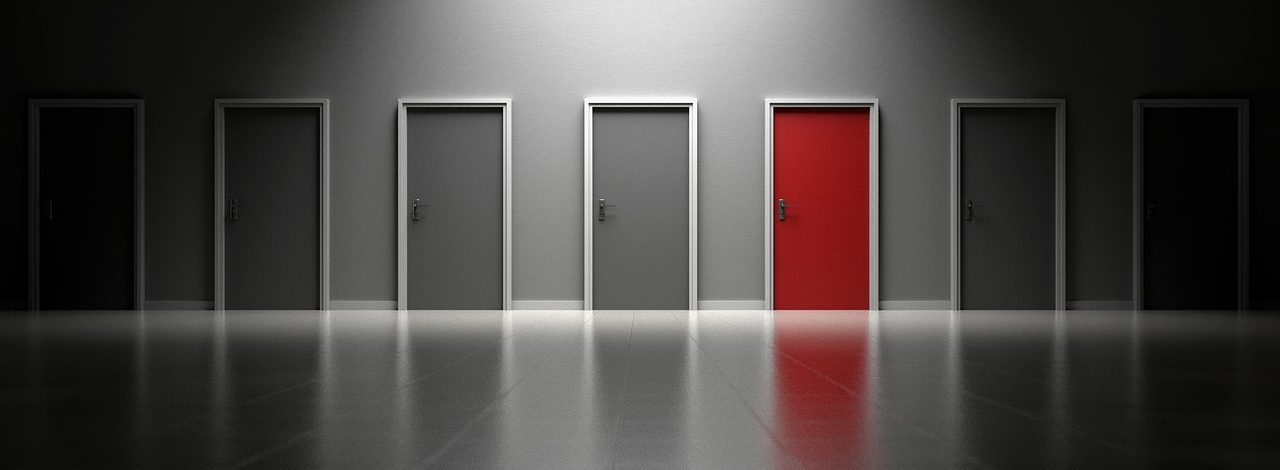When was the last time you sent back an entree that wasn’t what you expected? Or declined to attend an event you weren’t in the mood for? Or unsubscribed from a daily email newsletter that you don’t read anymore?
How many times have you been voluntold (i.e., assigned a task that’s supposed to be voluntary) for a random task that you didn’t really care about or have time for, but still followed through?
If this sounds like you, you need to check your default settings. They’re set to “YES” and it’s ruining your life.
Your default settings are set to 'YES' and it's ruining your life. Share on X
I’m all for being open to the wonderful possibilities that life can bring our way, but being open to the unexpected doesn’t have to mean that you automatically accept everything that is handed to you. Defaulting to “yes” causes lots of problems, and is the quickest way to over-extend ourselves, leading to stress, a general sense of unease, and a long-term condition of overwhelm. A bunch of unnecessary stuff ends up crowding our minds and schedules, eating up all the whitespace in our lives until we don’t even have enough mental capacity to notice that we don’t like what’s happening.
When you automatically say yes to the obligations that others create on your time, energy, finances, and space, your own plans and desires get deprioritized. Why? Because no one else cares about you getting what you want as much as you. So if you sit back and let others make decisions for you, don’t be surprised when their choices aren’t what’s best for you.
Fortunately, there’s a better way.
The anti-default setting
Well, the answer, isn’t to default to saying no to everything. With that strategy, you’re guaranteed to miss out on some wonderful opportunities and experiences. You’ll also build up a resistance to the new and unfamiliar that will will become harder and harder to overcome as time passes.
So what do you do instead? You make thoughtful, intentional decisions.
Instead of defaulting to YES/NO, change your life with thoughtful, intentional decisions. Share on XI know what you’re thinking…ain’t nobody got time for that. I agree, and that’s why you need a framework—a simple system that you can run through quickly without having to start from scratch every time, to help you evaluate options and make decisions.
The first step to building a framework is doing some inner work. You need to know yourself, what’s important to you, and what you want out of life. Those things become your point of reference as you decide what commitments and obligations you should take on.
The GRIT System: a starter framework for personal decisions
Sound intimidating? It can be, especially if you’re not used to confronting your true thoughts and feelings. But you can start by using my simple framework—the GRIT System—to examine a decision on four basic principles:
- Goals — Will it move you closer to what you want, or make it easier for you to get the outcome you want?
- Resources — Do you have enough of the time, energy, money, attention or other resources that it requires to do it right? Can you spare those resources for this particular reason?
- Integrity — Does it align with your value system? Do you want to be associated with this?
- Trade — What sacrifices do you have to make in order to accept this obligation, and are you prepared to make them?
Do you have your own personal framework for making decisions? If so, I’d love to hear about, so drop me a line in the comments. If not, try the GRIT System and then let me know how it goes.

